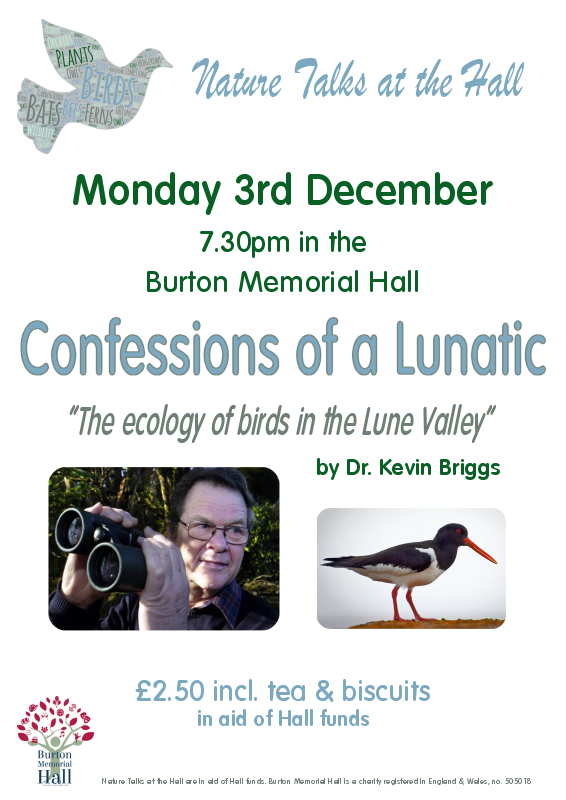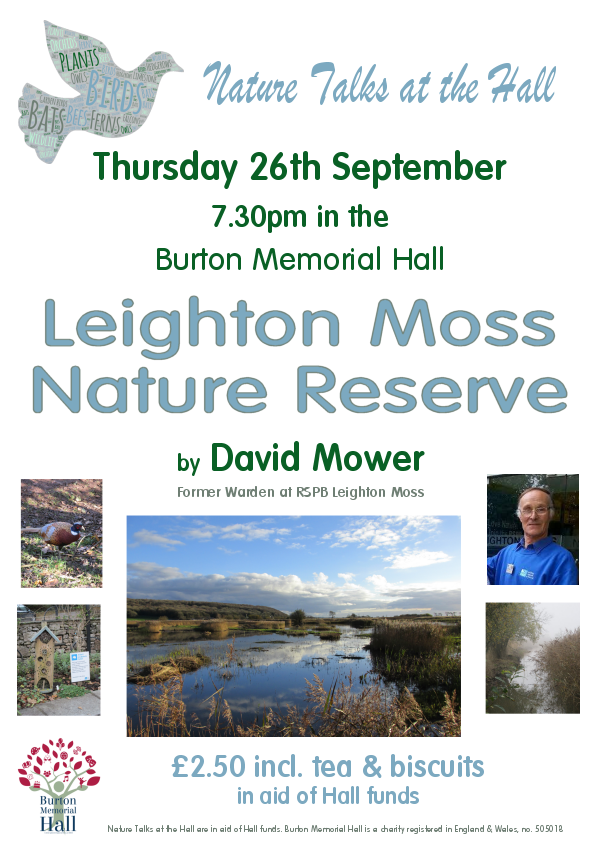Thursday 22nd June 2012.
It was the day of the "guided walk" with members of the Arnside Natural History Society. Since yesterday, it was all change with the weather, but even so it was great to see so many "like minded" people turn up for the walk.
Because of the deteriating and threatening weather we did find it necessary to "tweek" the length and route a little, but we mustered on and what a very enjoyable time it turned out to be.
From Plain Quarry, the original start venue, it was decided to change and make a new start from over on the Clawthorpe side, so we all upsticks, in perhaps up to 8 or maybe even 10 separate cars and made to the "Clawthorpe" side to begin the walk.
We took the path to Slape Lane and then up past the Curwen Wood seat and into the fabulous "Lancelot Clark Storth", checking out lots of stuff on the way. Spending quite some time at the bottom side of Lancelot in search of Birds Foot Sedge, Spring Sandwort, Common Rock Rose etc etc. One particular species which really met with suprise and amazement seemed to be the vast quantities of the "Common Cow Wheat" which although quite common here (locally), it seems maybe quite rare on a more regional distribution. One member in particular (Brian) was so interested in finding these, because he said they where the sole specific food plant for a particular type of moth of which he was studying, and that now knowing of this population of Cow Wheat, could perhaps return on a more suitable dryer day for more study.
No Butterflies where seen on the wing today, although this would have been the ideal spot for the Small Pearl Bordered Fritillary and the Northern Brown Argus Butterfly. Obviously the non emergence was only to be expected owing to the dark clouds, and intermittent rain showers we were experiencing.
At first we struggled with the Birds Foot Sedge, Although I had seen scores of clumps only the day before, somehow "I just could not get my eye in to find it today". At first I put this down to perhaps the overnight rain, which had obviously advanced growth of the sedge, and its immediate surroundings, and for me looked like this had possibly merged the shades of green, making it extremely difficult to find the one we wanted. After some persistence "hey presto" I found several which still had their "birds foot" in tacked of which members then photographed for their records. On leaving I seemed to be able to find them "everywhere" so to speak. Suprising how all changes when you get the "eye" in !!
Further up Lancelot and a quick visit to the beautiful situated and "only" natural freshwater spring on the West Side of the Lancelot Clark Storth complex. If you did'nt know it was there I suppose it could be difficult to find and you could so easily miss it. It definately scored a hit today, by such lovely comments about it from some of the party.
Onward past the Spring in a SE direction and very soon passed "Old Mans Face - The Chuckler" as I call him, hidden away in the deep vegetation and protecting his most beautiful "Helliborine" ridden pavements. I call him the Chuckler but really wonder sometimes whether thats a "tear" in his eye. (see sketch above).
Soon reached a very large fragmented limestone pavement. Here we found probably in the region of nearly 30 "Dark Red Helliborines" dotted here and there amongst the boulders etc. We thought perhaps maybe about three weeks away from flowering. Also we found more helliborines but which looked of a "stronger" stalking and leafage, and not sure whether these will again be "Dark Reds" or possibly Broad Leaved (which do frequent this particular pavement) or could they possibly be the rare "unique" Dark Red Variant which also frequents this area. Time will tell and I will be inspecting them at regular intervals having now made a mental note of all the new finds we have had today. In a couple of weeks time the whole area will be surveyed with distribution map, and probably most important of all the GPS co-ordinates.
We also found a lone patch of "Limestone Fern (Limestone Polypody)", several beautiful specimens of the "Hard Shield Fern". The locally common but nationally rare "Rigid Buckler Fern" seemed to be springing from almost every gryke.
We also spent time looking for the "Black Melick Grass" (Mountain Melick Grass) of which there is lots within this pavement, but somehow just could not find it.
Between some of the Limestone grykes or boulders, there were "Erractics", stones thrown up from different areas etc. We where fortunate to have within our party a keen "geology expert" who told us of perhaps where they had possibly come from (different parts of Lancs or Cumbria) etc etc.
The weather whilst we were on this pavement got really bad with heavy rain and it was agreed by all, that perhaps in view of safety, and that the pavements where becoming more and more slippy, we should not proceed any further into the general areas of the limestone pavements.
So we headed back to the parked cars and it was about 1430hours. For me a great day meeting lots of lovely informative and interesting people.

.jpg)
.jpg)




.jpg)




+(Small).jpg)
.JPG)




















